Here’s one for the record books.
This case study was designed to show you how we seal and coat a spancrete. Below are some pictures of the job.
History: The home was built in Roseville Minnesota in the late 60’s on a lake. Underneathe the spancrete garage they had built a theater and exercise room. Soon after they had completed the new rooms, the spancrete had begun to leak – causing considerable damage to the new investment.
The leaking had started in the late 80’s. At that time, there were no coating technologies available to correct the problem. The only solution at the time was to caulk shut all the cracks. After that, the coated the floor with a heavy layer of epoxy and glued directly to the epoxy “old-school,” heavy duty linoleum sheets. It lasted 20 years.
Challenges: The first step would be to remove the existing linoleum, epoxy and caulk. After which, the concrete had to be ground smooth. Once the material had been removed and the concrete ground, we then had to identify and repair any existing cracks.
Solution: The solution was to fill all the cracks with a flexible, “membrane-like,” vertical crack filler. Once the cracks had been filled and ground smooth, we had to apply our polyurea/aspartic, elastomeric coating system.
Conclusion: Harsh Minnesota winters and freeze / thaw cycles can wreak havoc on garage floors – including spancrete. Since spancrete tends to flex and move more than conventional garage floor, the choice of the coatings is absolutely critical to it’s longevity. G-F One Coatings has specialized in repairing, waterproofing and coating spancrete garage floor since 2005. See GFOneCoatings.com for more information or call us at 612.919.4414

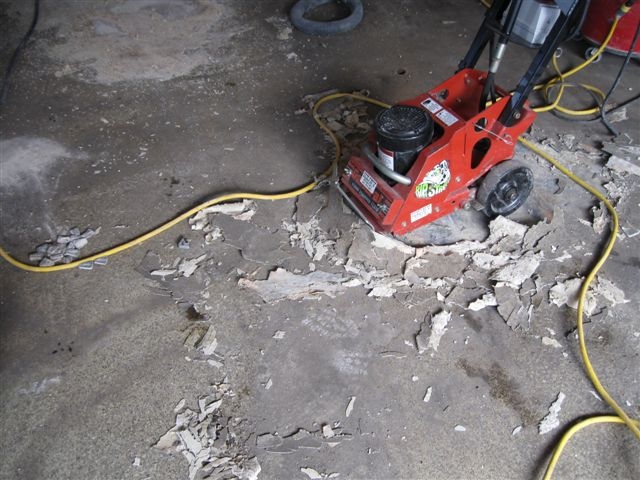
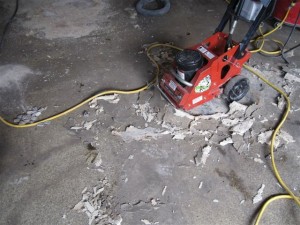
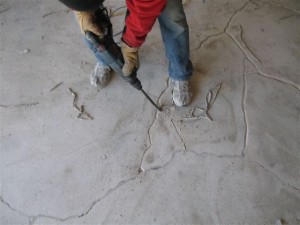
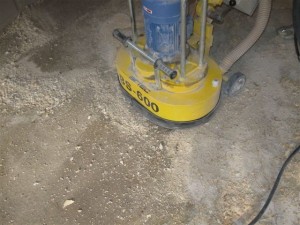
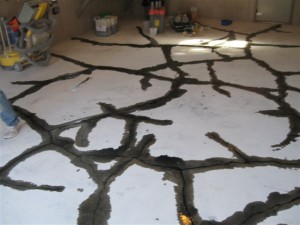
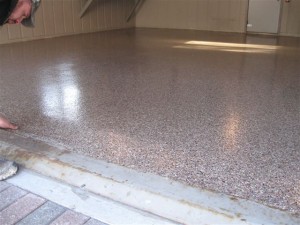

separate
Very insightful post, will have to tell my friends to come visit and reap this gem of knowledge. Amazing epistemological contribution
Joe Sheehan
Thanks so much for the comment. Really appreciate it. We try hard to define truths and beliefs and find the balance of knowledge. Please let us know if you ever need anything!